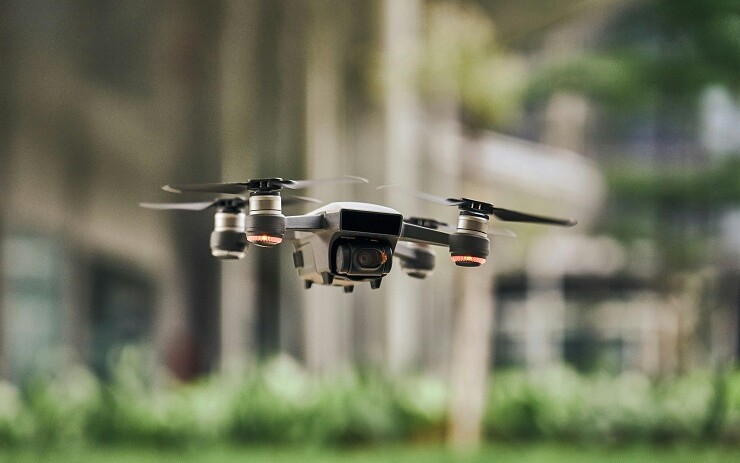Exploring Recent Developments in the Commercial Drone Industry
This week’s update delves into significant advancements in the drone sector, spotlighting a new policy framework for police drone usage, evaluations of drone capabilities in cold conditions, and healthcare supply deliveries via drones to remote areas in Ireland.
A New Policy Framework for Police Drone Usage
The National Criminal Justice Association has put forth a proposal aimed at assisting various jurisdictions in formulating regulations for police drone and robot deployment. The initiative by the Policing Project at New York University School of Law advocates for several key guidelines, emphasizing that “robots should not be responsible for administering lethal or non-lethal force unless in specific scenarios such as search and rescue operations.” Additional suggestions include the necessity of human oversight for autonomous robots and drones during their interactions, as well as warrant requirements for any surveillance activities that typically would necessitate human officer involvement.
Drones Conducting Research in Icy Conditions
The University of Alaska Fairbanks’ Alaska Center for Unmanned Aircraft Systems Integration has launched an icing tower, designed to facilitate research on allowing drones to operate safely in icy environments. Standing 16 feet tall, this tower functions similarly to a compact vertical wind tunnel, enabling the simulation of various calibrated icing conditions for testing drone capabilities under controlled settings. This research is particularly vital, as Alaska seeks to enhance drone delivery services to isolated communities and improve emergency response in adverse weather.
Drone Deliveries to Remote Islands in Ireland
In a groundbreaking initiative known as The Healthy Islands Initiative, advanced drones are being trialed for transporting crucial medical supplies to Clare Island, situated off the coast of County Mayo, Ireland. These drones operate from Carrowmore Beach in Louisburgh to Clare Island, completing the journey in just ten minutes. Capable of reaching speeds of approximately 120km/h, the autonomous drones navigate complex terrains and unpredictable weather while carrying up to 3kg of medical supplies. This effort, spearheaded by Irish company Air Taurus in collaboration with the Health Service Executive and University of Galway, aims to bolster humanitarian aid in these remote regions.
For further reading on this topic, check out our comprehensive reports and analyses related to the ever-evolving drone industry.













